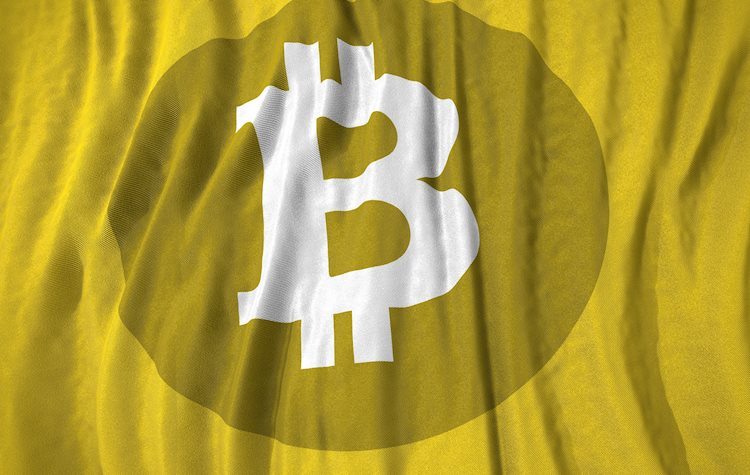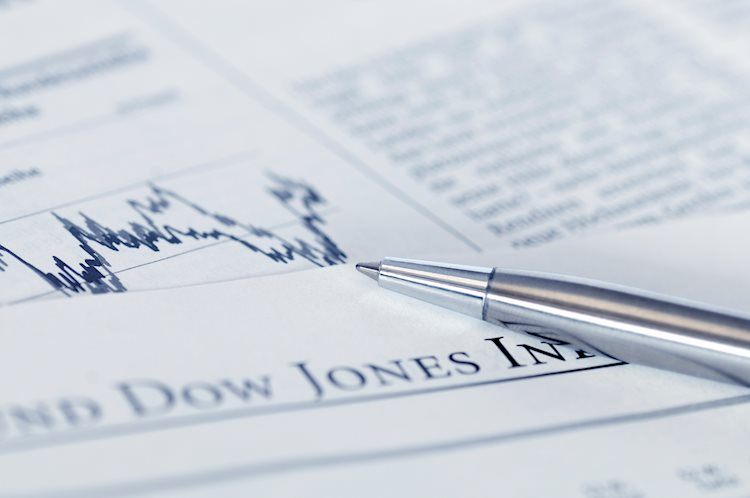Share:
The US Dollar Index shows some weakness ahead of FOMC Minutes from the January meeting with a slight decline to 104.00.
The Fed’s intention to keep rates untouched may fuel further gains for the US Dollar.
The US Dollar Index (DXY) experienced a slight setback, resting at 104.00 in Wednesday’s session.
The US economy, backed by robust data, shows resilience, reflected in the strength of the Greenback in 2024. Meanwhile, the Federal Reserve (Fed) maintains a hawkish stance, dismissive of near-term rate cuts and keen on keeping rates at restrictive levels. The market aligns progressively with this view, reinforcing expectations of a delayed easing cycle.
The market’s highlight will be the release of the Federal Open Market Committee (FOMC) Minutes from the last January meeting at 19:00 GMT, which may fuel volatility in the next Fed decision expectations.
As for now, the CME FedWatch Tool indicates a 20% chance of a rate cut at the next meeting in March and also remains low for May, reflecting the market sentiment leaning toward the Fed’s intent to hold rates steady at restrictive levels.
Markets are now pushing the start of the interest rate easing to June.
The indicators on the daily chart reflect a balance between buying and selling pressure. The Relative Strength Index (RSI) is in positive territory, but its negative slope suggests that buying momentum is losing steam. The Moving Average Convergence Divergence (MACD), with its decreasing green bars, implies that any bullish momentum is weakening and could potentially flip into a bearish bias.
Furthermore, the positioning of the index compared with its Simple Moving Averages (SMAs) provides an interesting perspective. Despite the bearish pressure, bulls have managed to keep the DXY above the 20-day and 200-day SMAs. This suggests that buyers continue to wield some strength in the broader time horizon.
However, the Dollar Index being below the 100-day SMA may hint at intermediate barriers for bullish movements. Hence, while the broader trend might still be inclined toward buyers, the short-term outlook presents a battle for control between bulls and bears.
What does a central bank do?
Central Banks have a key mandate which is making sure that there is price stability in a country or region. Economies are constantly facing inflation or deflation when prices for certain goods and services are fluctuating. Constant rising prices for the same goods means inflation, constant lowered prices for the same goods means deflation. It is the task of the central bank to keep the demand in line by tweaking its policy rate. For the biggest central banks like the US Federal Reserve (Fed), the European Central Bank (ECB) or the Bank of England (BoE), the mandate is to keep inflation close to 2%.
What does a central bank do when inflation undershoots or overshoots its projected target?
A central bank has one important tool at its disposal to get inflation higher or lower, and that is by tweaking its benchmark policy rate, commonly known as interest rate. On pre-communicated moments, the central bank will issue a statement with its policy rate and provide additional reasoning on why it is either remaining or changing (cutting or hiking) it. Local banks will adjust their savings and lending rates accordingly, which in turn will make it either harder or easier for people to earn on their savings or for companies to take out loans and make investments in their businesses. When the central bank hikes interest rates substantially, this is called monetary tightening. When it is cutting its benchmark rate, it is called monetary easing.
Who decides on monetary policy and interest rates?
A central bank is often politically independent. Members of the central bank policy board are passing through a series of panels and hearings before being appointed to a policy board seat. Each member in that board often has a certain conviction on how the central bank should control inflation and the subsequent monetary policy. Members that want a very loose monetary policy, with low rates and cheap lending, to boost the economy substantially while being content to see inflation slightly above 2%, are called ‘doves’. Members that rather want to see higher rates to reward savings and want to keep a lit on inflation at all time are called ‘hawks’ and will not rest until inflation is at or just below 2%.
Is there a president or head of a central bank?
Normally, there is a chairman or president who leads each meeting, needs to create a consensus between the hawks or doves and has his or her final say when it would come down to a vote split to avoid a 50-50 tie on whether the current policy should be adjusted. The chairman will deliver speeches which often can be followed live, where the current monetary stance and outlook is being communicated. A central bank will try to push forward its monetary policy without triggering violent swings in rates, equities, or its currency. All members of the central bank will channel their stance toward the markets in advance of a policy meeting event. A few days before a policy meeting takes place until the new policy has been communicated, members are forbidden to talk publicly. This is called the blackout period.
Share:
Feed news
Information on these pages contains forward-looking statements that involve risks and uncertainties. Markets and instruments profiled on this page are for informational purposes only and should not in any way come across as a recommendation to buy or sell in these assets. You should do your own thorough research before making any investment decisions. FXStreet does not in any way guarantee that this information is free from mistakes, errors, or material misstatements. It also does not guarantee that this information is of a timely nature. Investing in Open Markets involves a great deal of risk, including the loss of all or a portion of your investment, as well as emotional distress. All risks, losses and costs associated with investing, including total loss of principal, are your responsibility. The views and opinions expressed in this article are those of the authors and do not necessarily reflect the official policy or position of FXStreet nor its advertisers. The author will not be held responsible for information that is found at the end of links posted on this page.
If not otherwise explicitly mentioned in the body of the article, at the time of writing, the author has no position in any stock mentioned in this article and no business relationship with any company mentioned. The author has not received compensation for writing this article, other than from FXStreet.
FXStreet and the author do not provide personalized recommendations. The author makes no representations as to the accuracy, completeness, or suitability of this information. FXStreet and the author will not be liable for any errors, omissions or any losses, injuries or damages arising from this information and its display or use. Errors and omissions excepted.
The author and FXStreet are not registered investment advisors and nothing in this article is intended to be investment advice.





